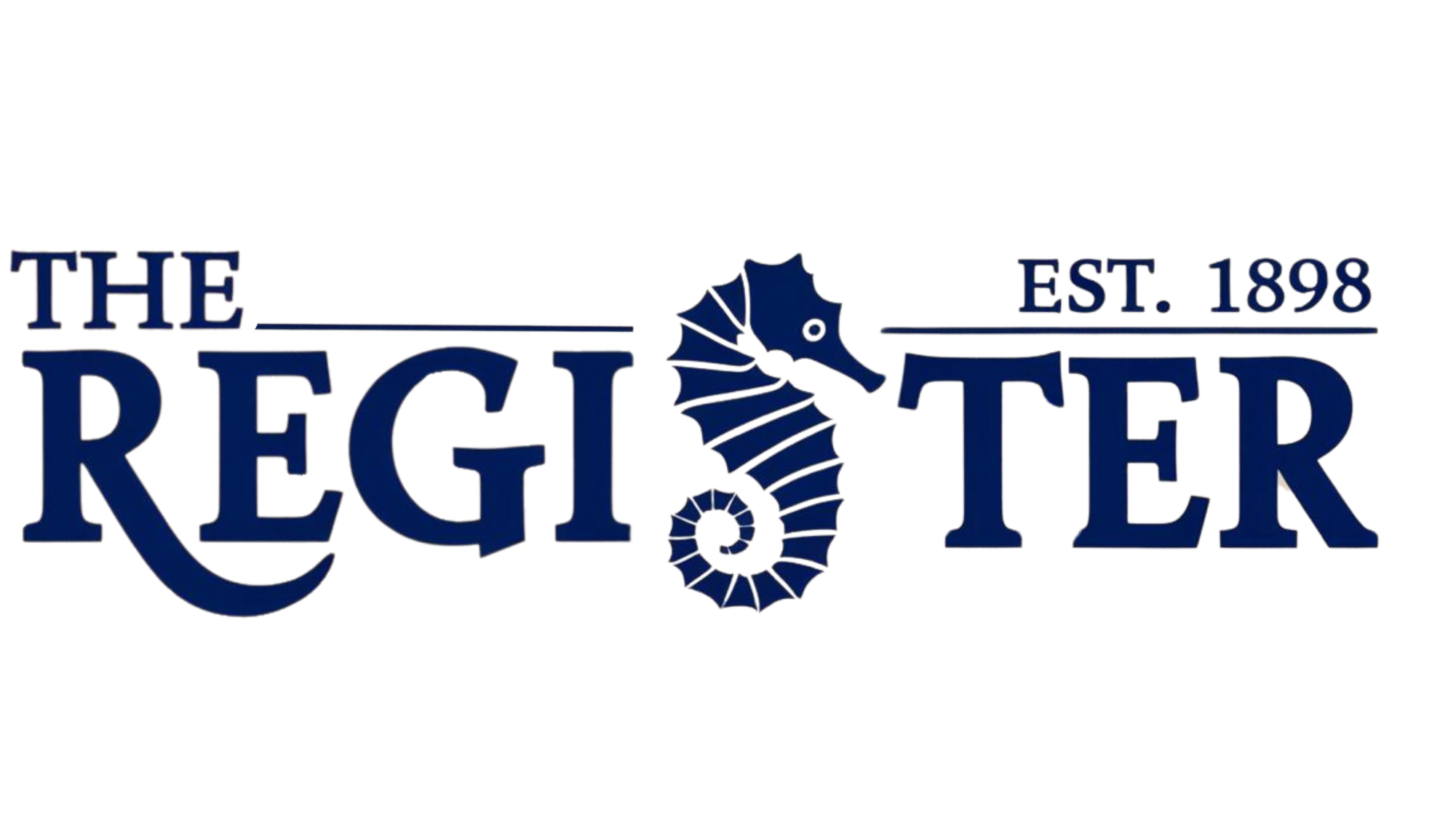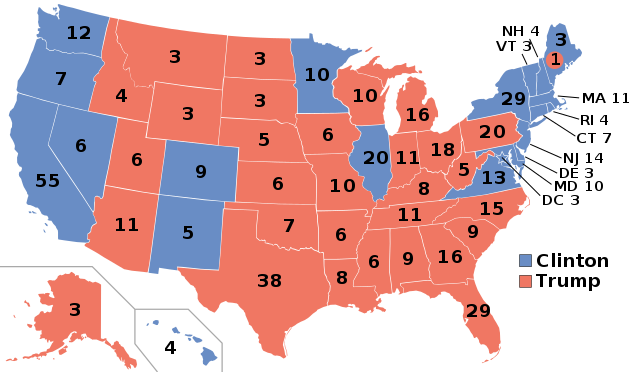With all the controversy over the 2016 United States election, a lot of people were looking forward to a definitive result and the end of long campaigning. However, that is not what Americans received early on the morning of Wednesday, November 8th. Instead, more controversy and confusion ensued.
Hillary Clinton won the popular vote by nearly 800,000, or seven percent of the vote, yet, for the second time in the past five elections, the candidate who won the popular vote, did not win presidency. In 2000, in another disputed election, Republican George Bush defeated Democrat Al Gore even though Gore won the popular vote by over 540,000 votes. This outcome has now occurred four times total through 58 presidential elections and 44 different presidents including this year’s election.
The first time it occurred was in 1876 when Rutherford B. Hayes won the election by one vote in the electoral college, although he lost the popular vote by more than 250,000. The second was twelve years later in 1888 when Benjamin Harrison won the electoral majority 233 to Grover Cleveland’s 168, but still managed to lose the popular vote by more than 90,000 ballots.
So what’s the cause of all this controversy? The Electoral College. The Electoral College is a group of Electors, who are nominated by their parties to cast a vote that represents their state. The number of electors per state is equal to the number of Senators, which is two for every state, plus the number of Representatives in the House, which is proportional to the population of each state.
The effect of having an Electoral College is that once there is a majority of votes for one candidate, that state is won, and the electoral votes are awarded to that candidate. Small states like Wyoming receive 3 votes, The population of Wyoming is 584,000 people, equating to one electoral vote per 194,000 people. By contrast, the most populated state in the U.S., California, gained one vote per 705,000 people, more than four times as many as needed in Wyoming. This is because of the three electors (one from the House, two from the Senate) which every state receives at a minimum, no matter how small a population, and this is how a candidate can win the popular vote and still lose the election. Clinton, for example, received a large majority of votes from California and New York, over 10 million in total. That equates to nearly a sixth of all her ballots, and more than 36% of electoral votes, but the smaller midwestern states were won out by Trump, and their proportional power greatly influenced the race.
The Electoral College, a system devised by the Founding Fathers to remove direct population election in order to ensure that someone unfit for presidency would not manipulate public opinion and rise to power. Ironically, it has now provided presidency to one of the least politically qualified presidents in American history. This clearly archaic and hindering system was designed by our Founding Fathers and implemented in the Constitution as a way to have a buffer between the population and selection of the President, effectively protecting the elite from the vote of the uneducated masses. As exemplified by especially by this election, the original desired effect of the Electoral College has not been upheld and with this election, and the system actually backfired providing power to the uneducated white demographic which showed out in the polls for Trump and greatly influenced the outcome of the presidential election. It is now an old and skewed system which needs to be resolved immediately. There is one problem with this however: it was put in place in the Constitution which means a Constitutional Amendment would be required to remove it. Amendments are hard to pass, especially in a highly controversial situation.









